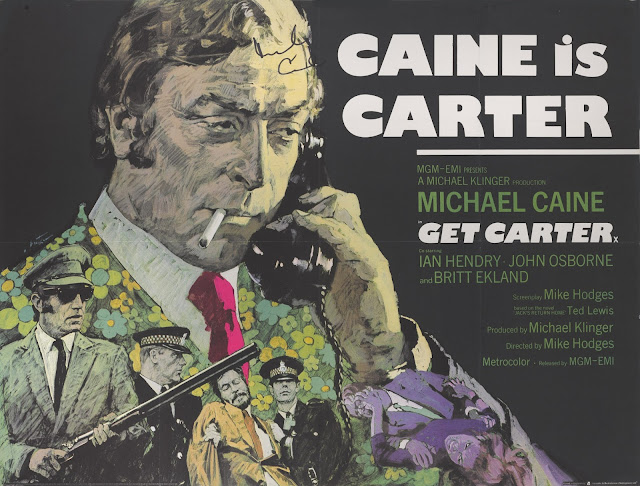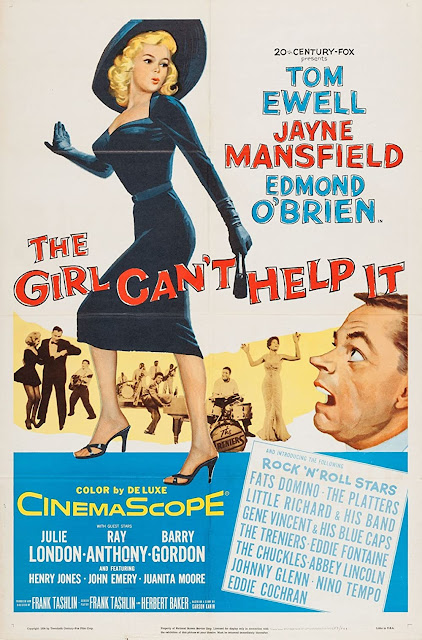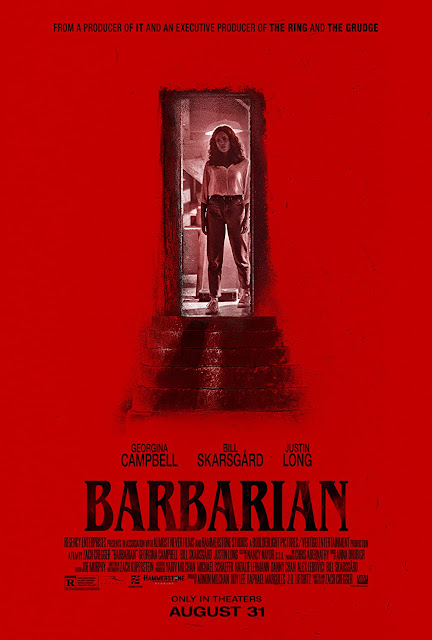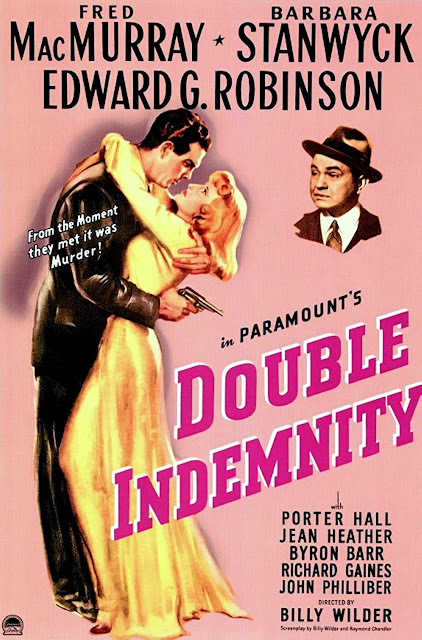The Frighteners - Director's Cut (1996) **1/2

Let's get this out of the way up front: the CGI in Peter Jackson 's The Frighteners (1996) is bad. It was bad in 1996 and it's really bad in 2022. And there is a lot of CGI in The Frighteners . It's a shame because if the film went the practical f/x route I would like it a lot more. I'd like the film a whole lot more if it was shorter as well—at just over 2 hours the director's cut superfluously adds 13 minutes to the theatrical cut (which was already longer than necessary). On top of the terrible CGI, there is a bit too much goofiness in The Frighteners for my tastes (with occasional weirdly serious shifts in tone which sloppily attempt to address trauma). Jackson seemed to be going for a Ghostbusters (1984) ( review ), Evil Dead II (1987) ( review ), and Beetlejuice (1988) ( review ) vibe but what he ended up with is a big swing and a miss for this viewer. It blows my mind that Jackson made Heavenly Creatures (1994) and then made The Frightener

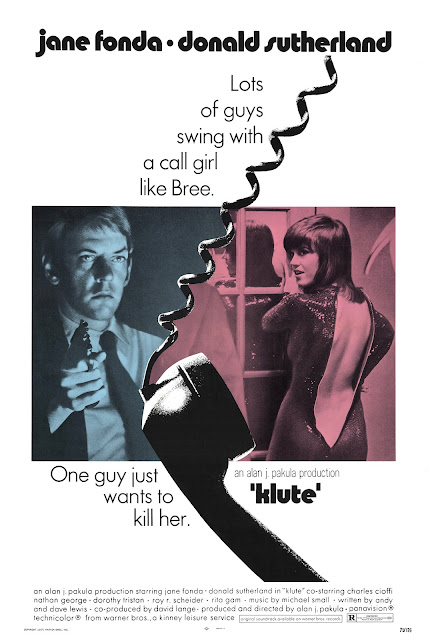
.jpg)
